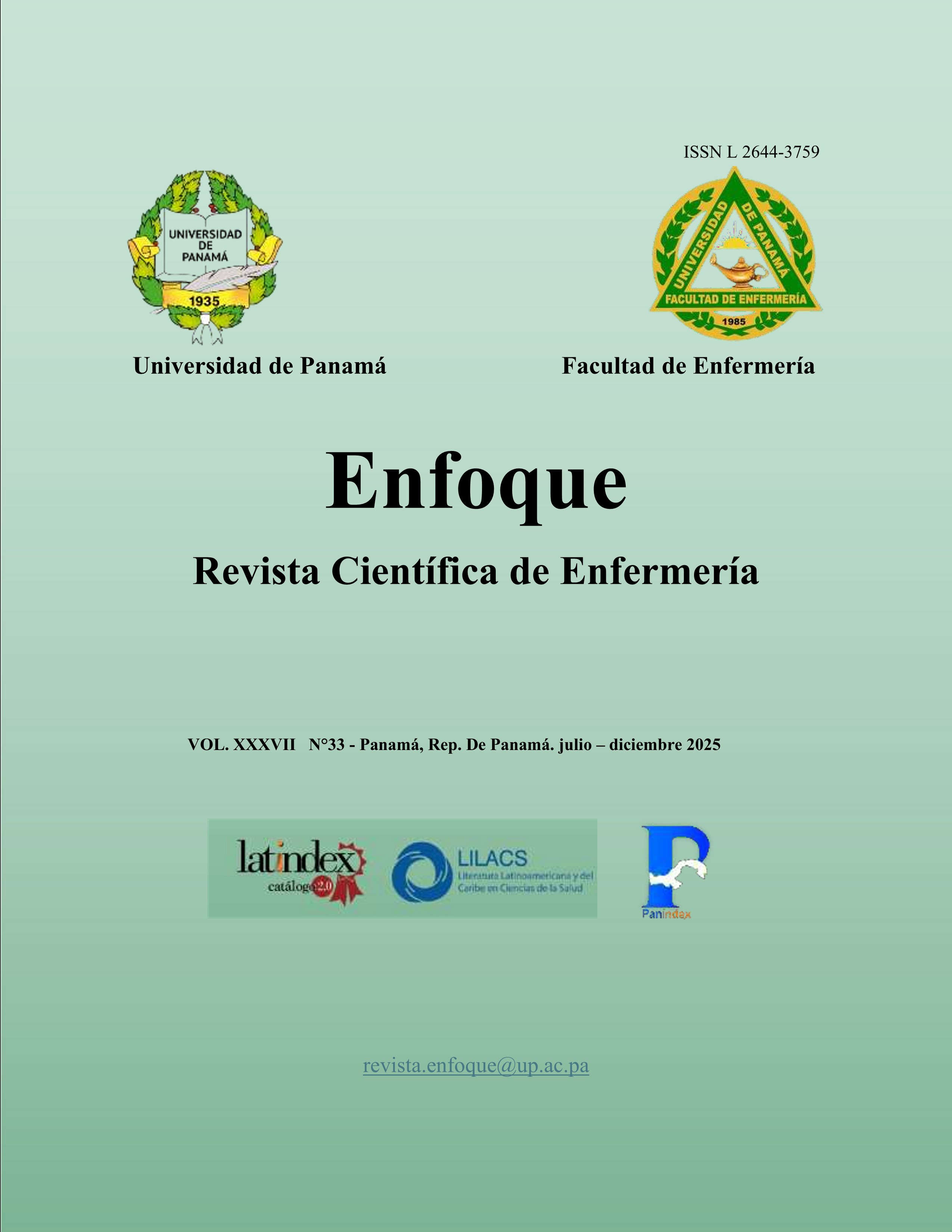

Copyright (c) 2025 Enfoque

This work is licensed under a Creative Commons Attribution-NonCommercial-ShareAlike 4.0 International License.
The study explored the perception of physical health and quality of life among older adults in the rural community of Zapotal Nuevo, Ventanas canton. Out of a census of 316 older adults, 297 participated in the study after excluding 19 for various reasons. A cross-sectional quantitative methodology was used, applying household surveys to collect sociodemographic data and assess the perception of physical health and quality of life. The findings revealed that most participants lived with family, did not work, and earned less than the minimum wage, reflecting a situation of economic vulnerability. In addition, 51.2% had received care from the Ministry of Public Health’s comprehensive care model for older adults.
Physical limitations were prevalent: 67.7% had difficulties lifting shopping bags, 66.0% climbing stairs, 69.7% bending or kneeling, and 59.9% walking half a kilometer.
Furthermore, 47.8% reported difficulty bathing or dressing. In terms of quality of life, 65.0% perceived it as fair, and 81.5% felt that it had worsened compared to the previous year. These conditions are aligned with previous research associating the perception of a fair or deteriorating quality of life with physical limitations and lack of social support. The high prevalence of physical difficulties and negative perception of quality of life underscores the need for more effective health interventions tailored to the socioeconomic particularities of this population. The study highlights the urgency of comprehensive public policies that promote healthy aging in vulnerable rural communities by addressing both physical needs and socioeconomic and social support factors.